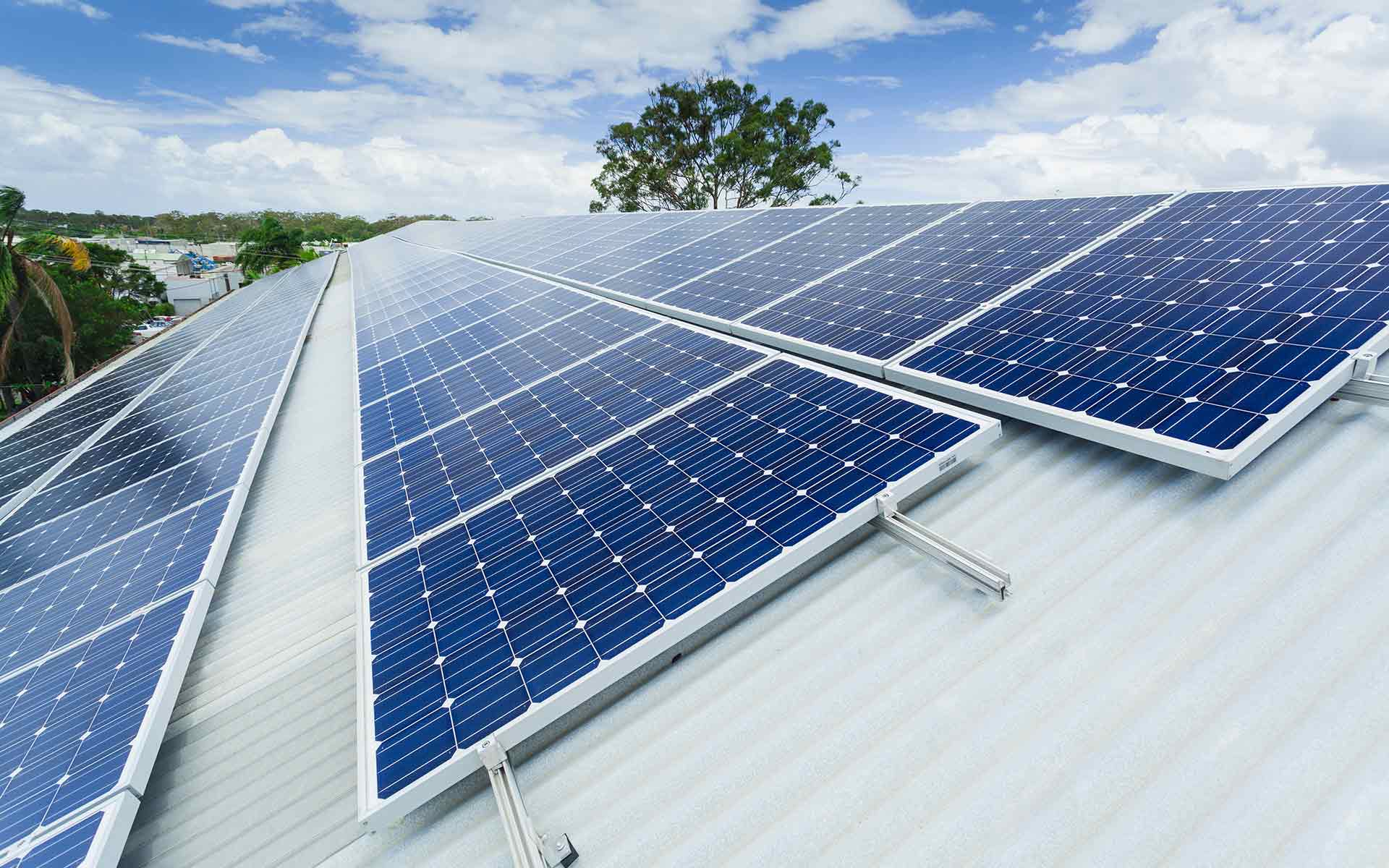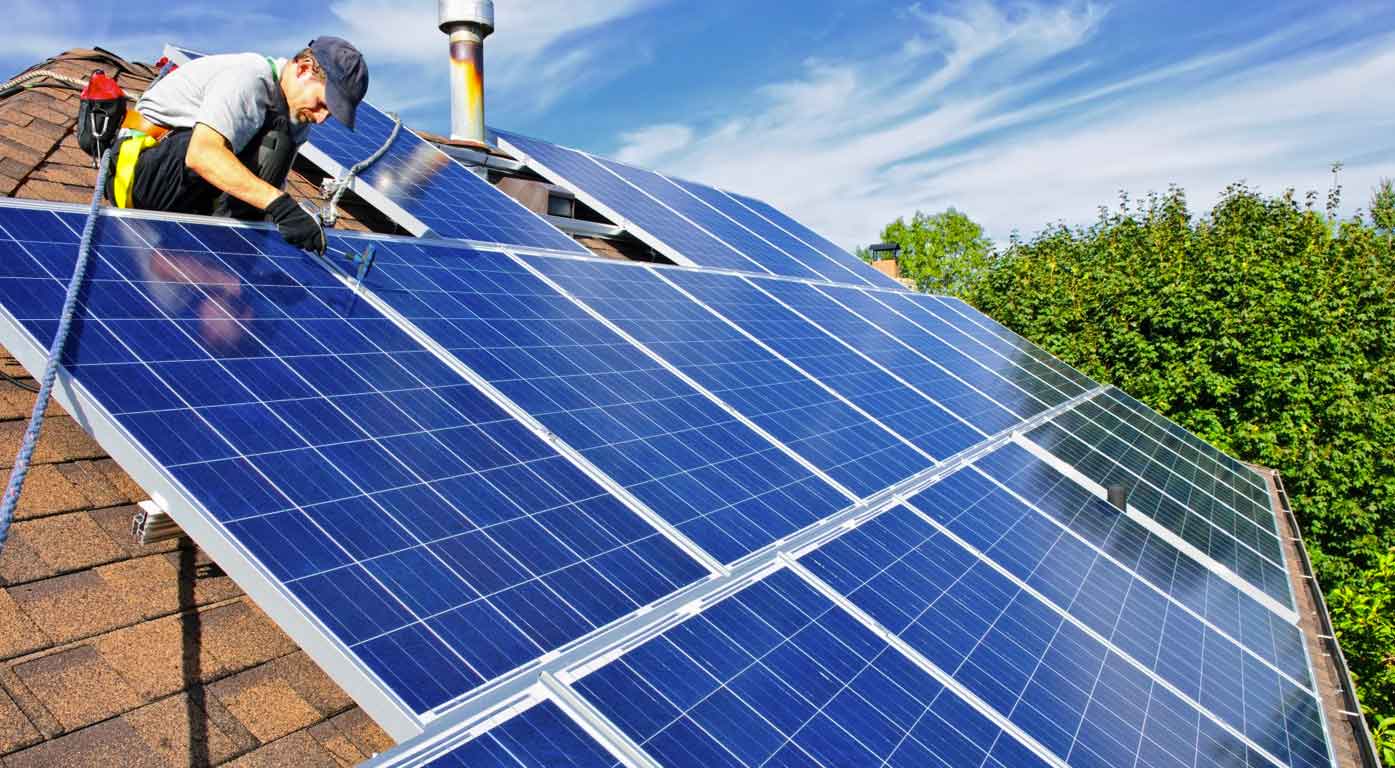Summary
The AGL Virtual Power Plant is a world-leading prototype of a virtual power plants (VPP) created by installing and connecting a large number of solar battery storage systems across 1000 residential and business premises in Adelaide, South Australia, to be managed by a cloud-based control system.
The batteries will be able to ‘talk’ to each other through a cloud-based platform using smart controls, forming a connected system that will be able to operate as a 5 MW solar power plant.
Key results
- AGL’s VPP-SA project was the first of its scale to be announced internationally and successfully demonstrated that a network of connected energy storage systems could be coordinated to create value across a range of markets;
- Data from the project showed how residential energy storage systems installed behind the meter offer a range of demand and voltage management services to the local network in the course of normal operation, which can be further targeted through intelligent control of the fleet;
- Fleet data (which has since been shared with other research institutions for further analysis) highlighted some of the challenges of DER integration, and how local network conditions can impact DER customer value;
- The project shared learnings around customer perceptions of VPP’s, sales and marketing approaches, and critically around battery installation and product safety standards.
Learn more
Need
The South Australian electricity market is experiencing a number of complex, interrelated challenges with large, synchronous power generators retiring from the market, gas-fired electricity becoming more expensive through rising gas prices, and intermittent, renewable generation comprising a larger share of the energy supply mix. The high proportion of rooftop solar generation in the state’s electricity network makes it an ideal location to test the potential for a virtual power plant (VPP) to help stabilise the grid while delivering extra value to customers, the networks, and the retailer.
Innovation
The AGL Virtual Power Plant is a centrally-managed network of battery systems installed “behind the meter” that can be controlled to deliver multiple benefits to the household, the retailer, and the local network. The battery is charged and discharged using sophisticated algorithms to maximise the benefits to the consumer, while ensuring that the network and retailer can also realise value from the battery during specific network or wholesale events. The ability of the VPP to realise multiple benefit stream can ultimately reduces the costs of the system to the end customer, while reducing the energy charges off all grid uses by making the most efficient use of the battery as Distributed Energy Resource (DER).
Given the expected increase in behind-the-meter battery storage, VPP’s represent an important opportunity to spread the benefits of this rapidly evolving technology to maximise value for the entire community. To do this effectively, a VPP needs to innovate in the way that technology is deployed and operated through appropriate commercial arrangements for the benefit of the customer.
Benefit
The VPP can potentially provide a cost-effective solution in the medium term to smoothing out intermittent renewable energy generation and avoiding expensive upgrades to network infrastructure to meet peak demand.
The centralised, cloud-based control system allows AGL to operate the system like a solar peaking plant but with even faster response times, discharging the battery during periods of high demand and supporting the grid during periods of instability.
VPPs are not yet economically viable, primarily due to the limited deployment of VPP’s at a commercial scale,as well as the current payback for residential energy storage systems. However, prices of energy storage systems are generally expected to drop by approximately 50 per cent over the next five years, which would support VPPs becoming commercially viable without subsidy and provide consumers with commercially rational purchasing decision when purchasing a battery.
The knowledge sharing component of the project will produce detailed reports on the deployment and operation of the energy storage systems and cloud-based control systems, including how the entire system is able to respond to network and market event to maximise overall benefits. This knowledge is expected to assist future VPPs drive down costs and refine their business models to enable VPPs to be commercially viable without further subsidies.







